Tube 2023 has completed. CR Expo 2024 visitor registration will start soon! See you next year!

China is in urgent need of environmental technologies – a huge market is opening up
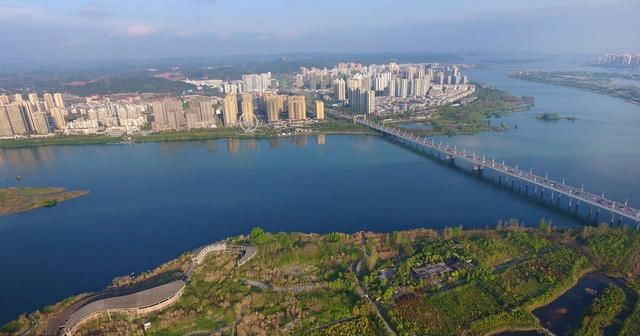
Dirty rivers, heavily polluted ground water, water scarcity and poor air quality in large cities not only harm people, but also China's economy. This can no longer continue. Stricter environmental laws in Chinese state leadership should flip the switch and contribute to the health of the country. But without suitable environmental technologies – particularly from the piping industry – this will not succeed. Companies from around the globe can expect lucrative contracts.
“Urbanization is a worldwide phenomenon,” reports Germany Trade & Invest (GTAI): Half of the world’s population lives in a city today. According to the UN, by 2030 the number of megacities will rise to 41 worldwide, each with over 10 million inhabitants and thus increase the rate of urbanization to 60 percent”. This poses great challenges for the cities in question,” according to GTAI. Especially as there are also forecasts that believe that in China in particular there could be an increase to about 220 million-population cities by 2025.
Rapidly increasing urbanization
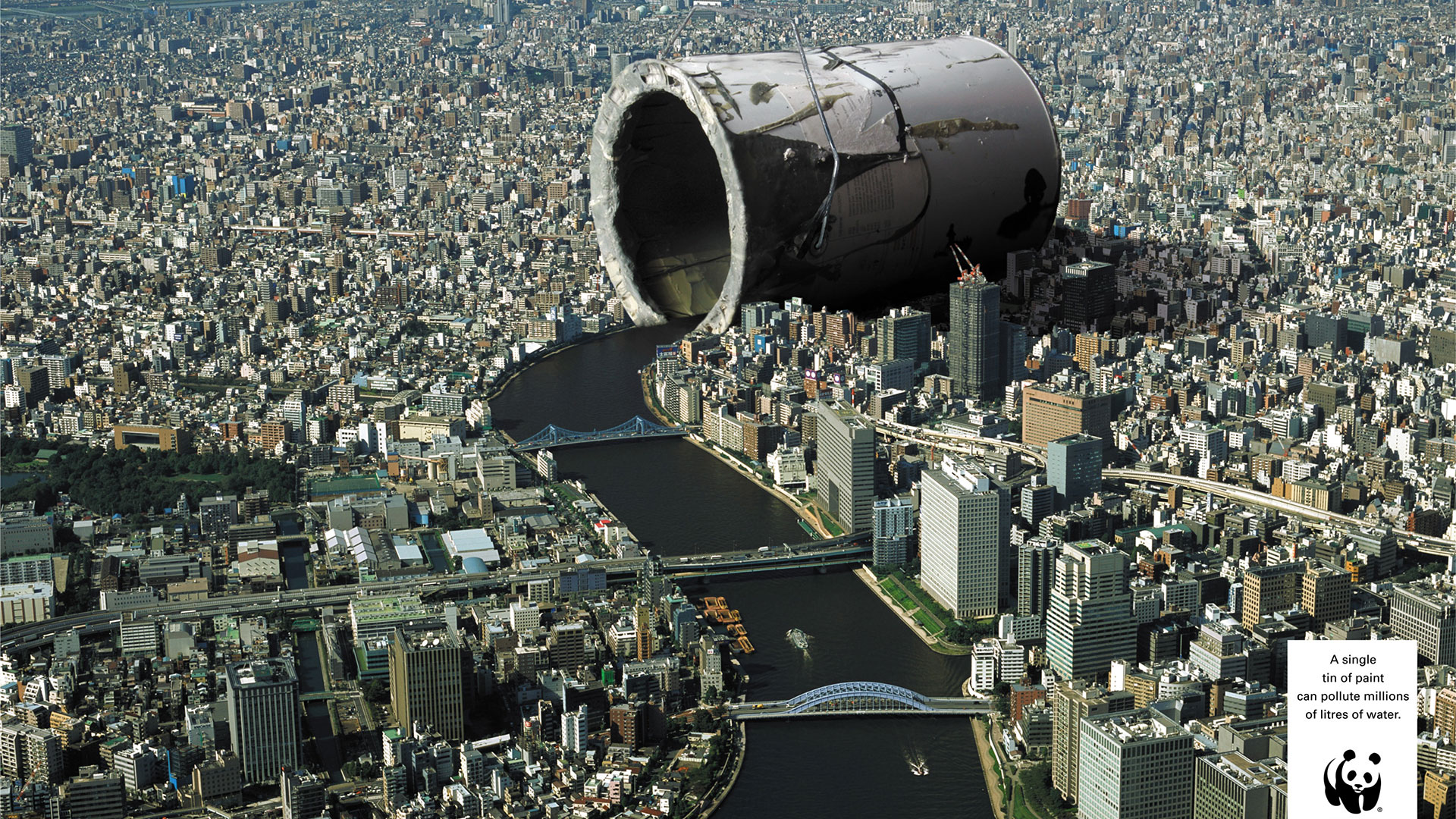
This is a consequence of development that China has been experiencing for some time now. Rapidly increasing industrialization and urbanization pose major problems for large cities such as Shanghai and Beijing. This development has made it difficult to structure a well-functioning water system, meaning large parts of the population cannot be supplied with clean drinking water, explains the German Federal Ministry for Economic Affairs and Energy. Even today, around 100 million people in China have no access to clean drinking water. The same time, water demand will increase by more than 500 billion cubic metres between 2005 and 2030. Water scarcity is particularly prevalent in the ‘dry’ north of China.
On top of that, contaminated wastewater from industry reaches the ground water and rivers unfiltered, reports the Federal Ministry and 57 percent of ground water ranks bad or very bad in quality estimates. In addition, there is a great shortage of industrial and public wastewater treatment systems. But it’s not only megacities suffering from this shortage. Rural areas are not experiencing the economic boost that could be possible, as a lack of water resources is putting the brakes on this.
Extensive investments in China
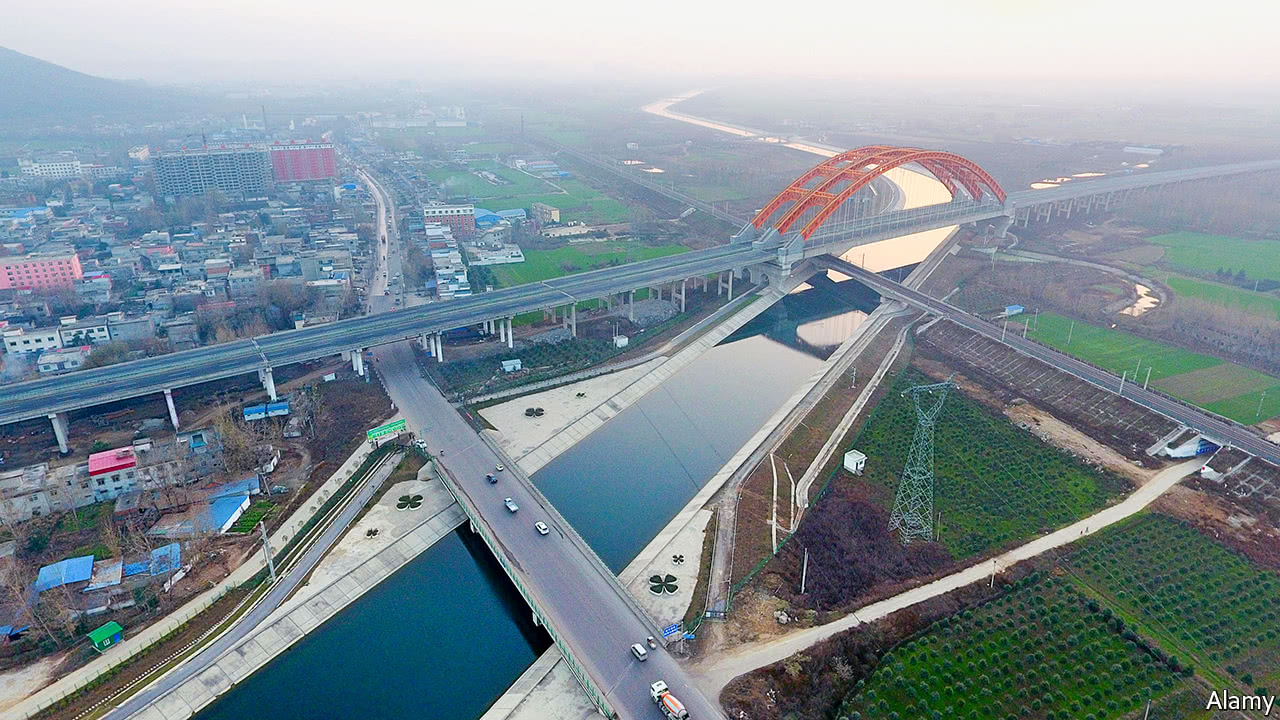
The situation in China is that the danger has been recognized, but not quite put to a stop yet. For several years, the Chinese government has been making “substantial investments in the expansion of the necessary infrastructure,” according to the Federal Ministry. However, experts believe that investment in water and sanitation infrastructure so far has not kept pace with China's rate of urbanization.
Meanwhile, China intends to tackle its water problem with two strategies: transport and water treatment. One project to provide the required amount of water to the arid north of China is the South-North Water Transfer Project, the construction of which began in the mid-1990s. This will provide for the transport of 3. 6 billion cubic metres of water per year over a distance of around 1,200 kilometres. Numerous pipes have already been installed and two of three routes have now been completed. By 2050, it should be possible to transport 44. 8 billion cubic metres of water each year. The estimated cost of the project is approx. 500 billion US dollars.
Water management has become more professional
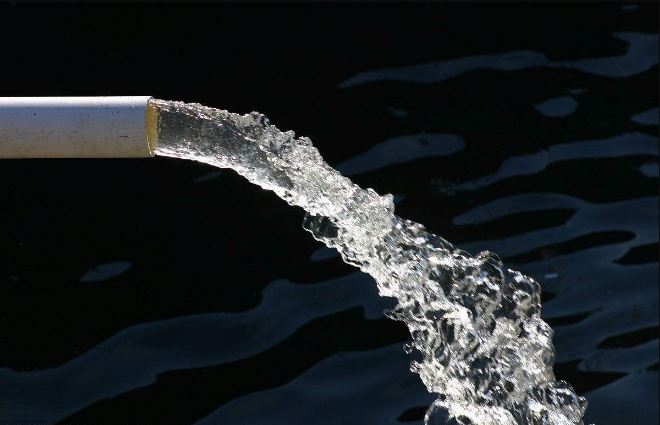
A mega-project, but one that cannot solve the fundamental problems with sewage. But here, too, there is progress. “China’s water management has clearly become more professional,” summarizes GRAI. The professionalization and privatization of the water sector has also increased the need for modern technology and energy-efficient solutions.
And there has already been some success: according to the Chinese Ministry of the Environment, for the first time in five years, the proportion of highly contaminated ground water was reduced to 14. 7 percent in 2016. However, huge investments are still needed in the wastewater sector and in sewage sludge treatment. The Clean Water Action Plan sets a reuse target of 20 percent or more in water scarce areas by 2020, according to the Country Case Study in the International Trade Administration's (ITA) “2016 Top Markets Report Environmental Technologies”. It can be said that the potential for export companies in the water infrastructure area is correspondingly large. Especially as China's scarce freshwater resources for water efficiency and reuse are of particular importance.
An opportunity that the Achern-Fautenbach-based Fischer Group, for example, has recognized. The company will exhibit at Chinas most important trade fair for Tubes and Pipes, Tube China, to be held in September, 26 to 29, 2018 in the New International Expo Centre (SNIEC) in Shanghai.
The company manufactures laser-welded stainless steel pipes for drinking water installations in accordance with German DVGW regulations. Using stainless steel, the Fischer Group wants to make a contribution to ensuring that safe drinking water also arrives safely with people in the installation systems. “That would work the same way in China,” explains Hans-Peter Fischer, Executive Partner at the Fischer Group.
Pipes, valves and monitoring equipment
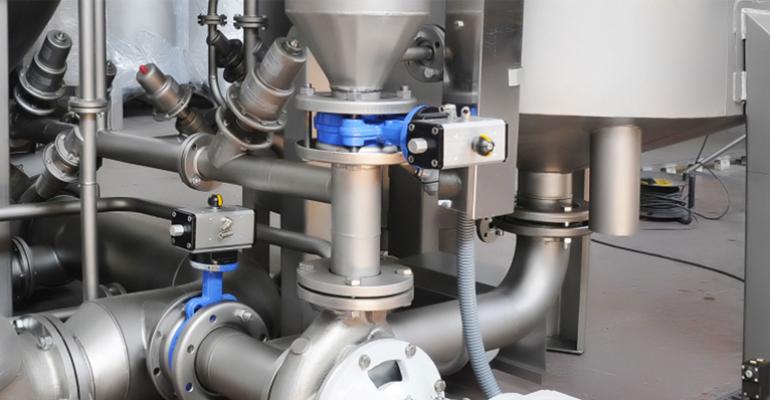
Key technologies required over the next few years include waste handling equipment, membrane filtration, waste to energy technology, nitrification, biological denitrification, monitoring equipment and testing equipment, according to the ITA Country Case Study.
The ITA Country Case Study also states that the plan calls for remediation or replacement of all transmission pipelines in service for more than 50 years with a goal to reduce non-revenue water to 10 percent by 2020. A mixed sewerage system and the introduction of rainwater systems that include storage and reuse, as well as rainwater drainage systems that promote ground water formation should contribute to this. Sought-after key technologies include pipes, pumps and valves, storage technologies, SCADA systems, monitoring systems, leak detection equipment, trenchless technologies, catchment design and construction, and pipe rehabilitation technologies.
Companies invest in China
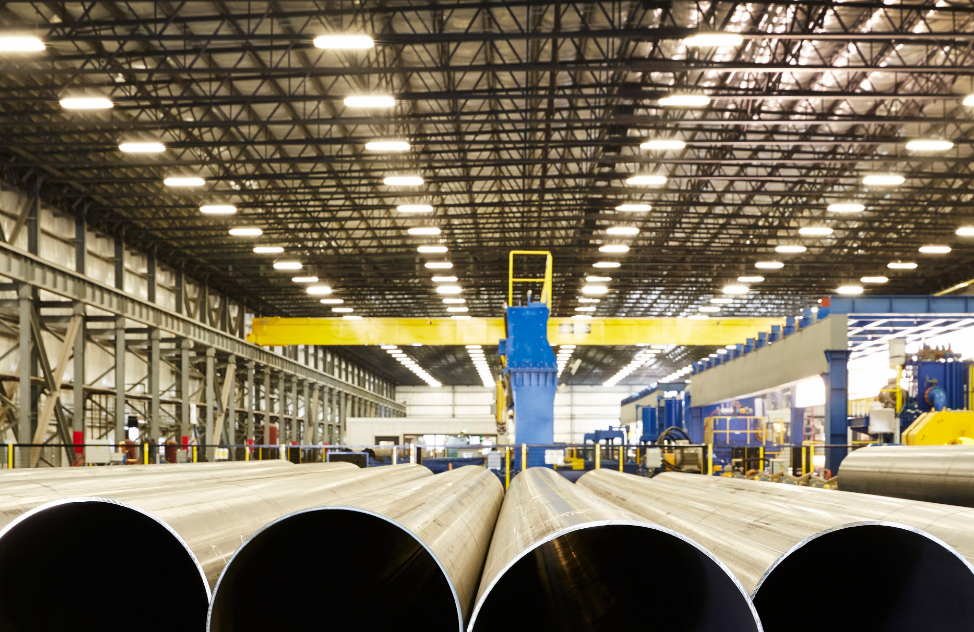
Companies from all around the world have already discovered the Chinese water, sewage, power plant, chemical, pipeline and energy markets. Companies such as Butting. The pipe manufacturer has been manufacturing in China since 2005. In 2011, another production facility was added in Tieling, the dry north of China. “We are optimizing and expanding our manufacturing capabilities for container construction, piping systems and ready-to-install components with this investment,” explains Butting.
At the end of 2016, (Salzgitter) Mannesmann Stainless Tubes opened a new sales channel for Powergen tubes in China with China Water Resources & Electric Power Materials & Equipment Group. At that time, the company explained that, in addition to the pipe business with existing customers in new power plant construction, the company now also has a well-established partner for the maintenance and repair business. An important segment in Mannesmann’s product range, a manufacturer of seamless stainless steel and nickel alloyed pipes, boiler pipes are those “on which the highest demands are placed”. These can be found in biomass and waste incineration plants, among others.
Fischer Group is currently investing in a new production facility for the production of stainless steel pipes for the commercial vehicle industry in Taicang, China. Housing shells made of stainless steel have been developed for automotive electric motors from BEV, “which with a certain probability will also receive series status in China,” says Hans-Peter Fischer, Executive Partner at the Fischer Group. These are put into operation in Taicang.
Background: In the commercial vehicle industry, conversion to the “China 6” emissions standard is pending for all trucks and buses. “Austenitic stainless steel pipes are needed as they function in exhaust system technology,” explains Hans-Peter Fischer.
Serenergy's fuel cell technology, a wholly owned subsidiary of the Fischer Group, “is suitable as a range extender for the Battery Electric Vehicle (BEV), for example in local buses, passenger cars, but also as a replacement for diesel generators, as well as for the energy supply of passenger ships while in harbours”. It is planned to expand the Fischer plant in Taicang, which will also create production space for fuel cell technology. An issue that is currently being considered by the Taicang administration.
There is no question that China is a very attractive market for companies. And it is a market in which, from the point of view of the Fischer Group, a lot is going on. “The Chinese government is very committed to developing new environmental technologies and will make these faster and more efficient than anywhere else in the world through their decisions,” says Fischer.
“For us, in addition to the core business of producing laser-welded stainless steel pipes, we also see good growth opportunities for our company in fuel cell technology, truck exhaust gas detoxification and passenger cars (BEV or hybrid). Finally, it is also our contribution to being able to play a part in China's environmental policy. ”
And this contribution has already begun: The Fischer Group has already developed projects with Chinese companies in the field of exhaust gas detoxification, maintains contacts with Chinese OEMs in fuel cell technology, has already supplied fuel cells and range extenders for series testing and has equipped buses with this for testing. The Fischer Group wants to be perceived in China as a “Group for Environmental Technologies”, says Hans-Peter Fischer.
Increase in sewer sludge treatment
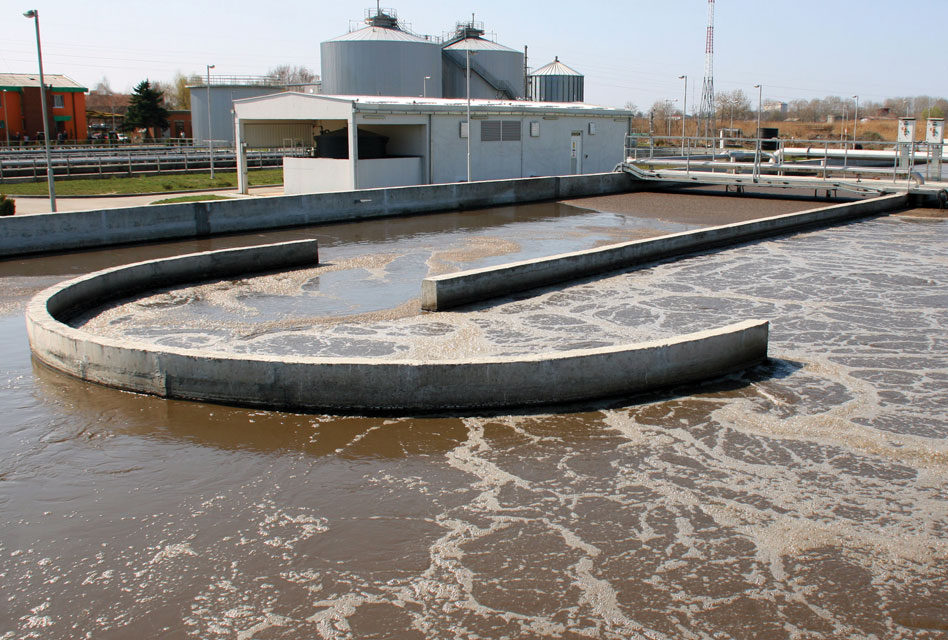
However, in order to shoulder the further success of the water and energy issue, it is important to continue to invest heavily in the future. According to estimates by the Chinese Ministry of Construction, nearly 85 billion US dollars are needed to meet the wastewater treatment targets outlined in the 13th Five-Year Program - 2016-2020, GTAI reports. In the cities, for example, 95% and in towns at least 85% of the wastewater will be treated. The sewage sludge treatment capacity is to be increased two and a half times by 2020 to 97,500 tonnes per day.
With the amended environmental protection law (EPL) and the updated Air Pollution Law from the past years – to name just a couple of examples – China is serious about its efforts to provide clear (water) conditions. Even environmentalists see a comprehensive political document in a ten-point program with 238 individual measures enacted in 2015. This can also be seen as a turning point. Environmental law not only drastically increases possible fines and compensatory payments, but for the first time it also enforces the prosecution of those directly responsible. The Water Pollution Prevention and Control Law, which came into force on 1 January 2018, aims to further improve drinking water quality.
Revising the lack of implementation
.jpg)
Strict implementation of legal requirements has been lacking in previous years. One reason for earlier halting implementation is that environmental regulations are enforced at city and provincial levels through local Environmental Protection Boards (EPBs). The EPBs answer to the mayor or provincial governor, whose promotion potential as a party official is based primarily on demonstrating economic growth. This dynamic assures that environmental goals are almost always subordinated to economic development goals, according to the ITA Country Case Study. The revised Environmental Protection Law (EPL) may serve as a remedy to such systemic weaknesses in enforcement by incentivizing environmental protection in bureaucratic performance measures and penalizing those who fail to enforce the law with demotion, dismissal and potential criminal prosecution. This sets a precedent for greater compliance with environmental regulations.
Companies as suppliers
.jpg)
According to GTAI, the lead of EPC projects (Engineering Procurement Construction) lies with local construction companies or construction development companies. Foreign companies are often limited to controlling and consulting. However, German companies keep coming back as suppliers.
As mentioned, the need for environmental technologies is great beyond measure. A development like bringing water to the mills of innovative companies. . .
Pipe and Tube Processing Machinery, Tube Trading and Manufacturing, Profiles, Bending and Forming Technology and Tube Accessories will be presented at Tube China from September 26 – 29, 2018 in the New International Expo Centre (SNIEC) in Shanghai.